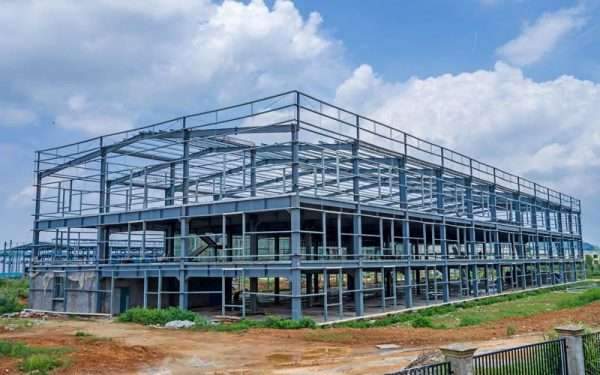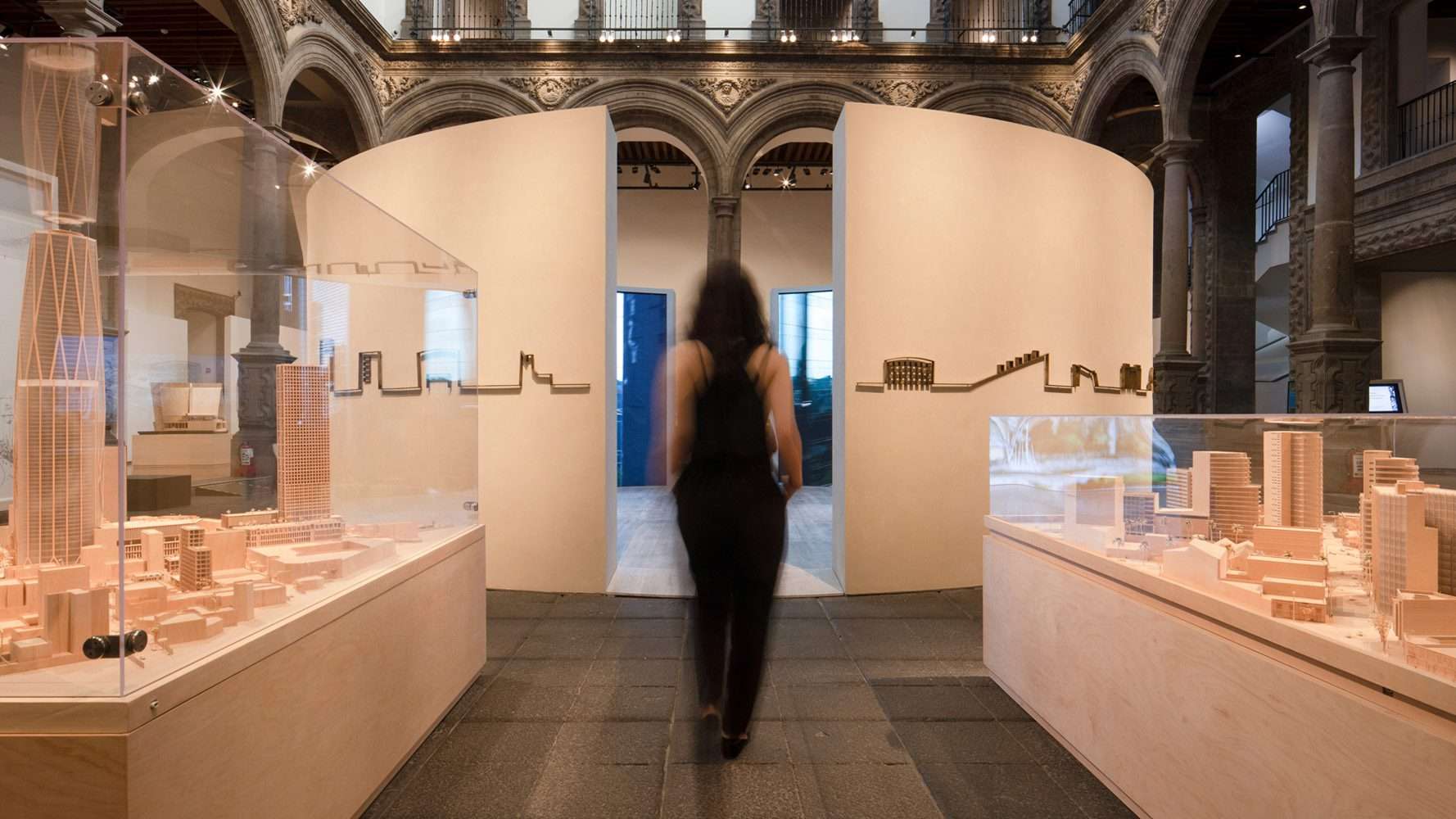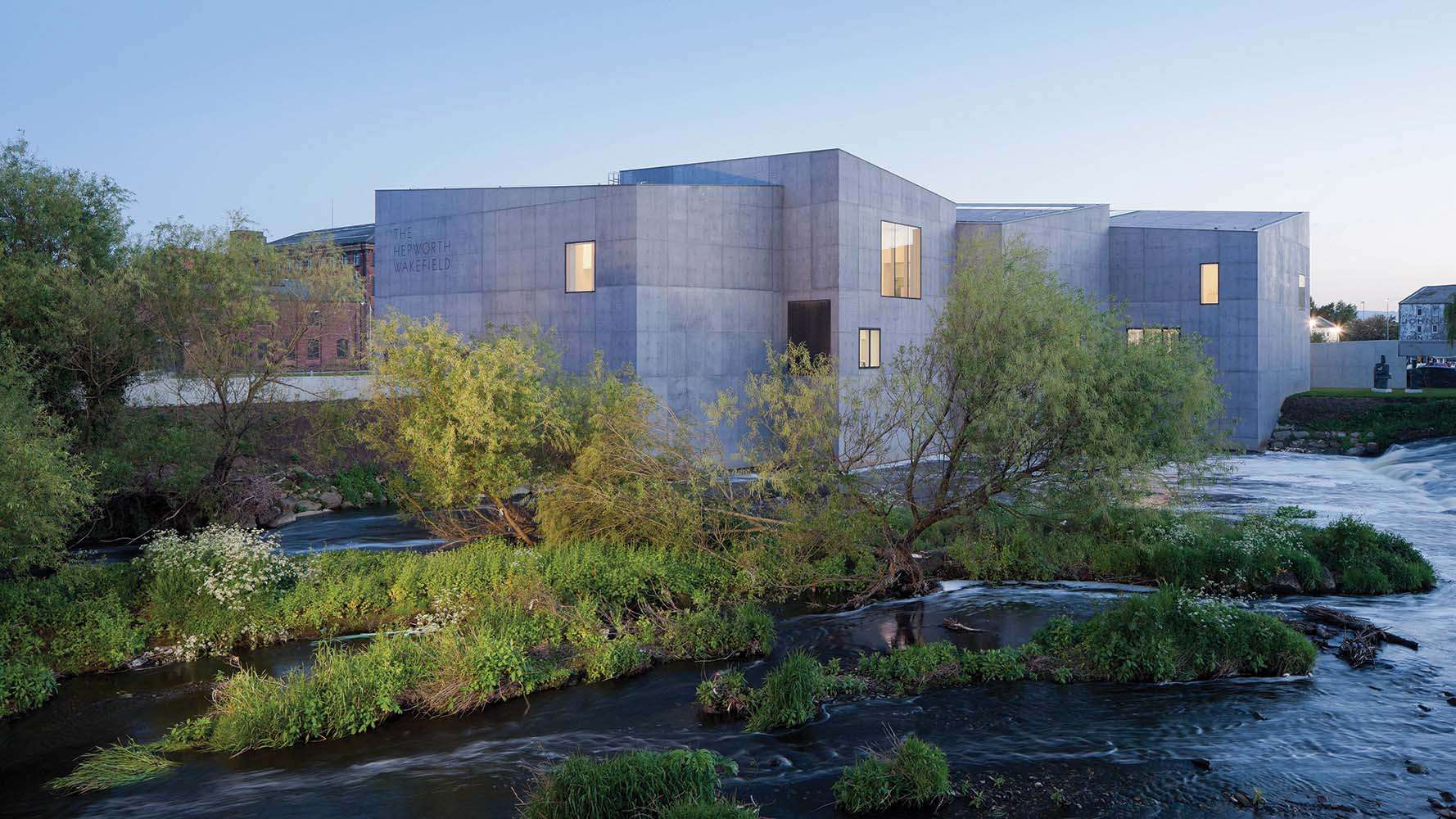Are you thinking of building a new industrial structure?
Prefabricated steel buildings are an excellent choice for a wide range of industrial applications.
This provides cost savings, durability, strength, flexibility and adaptability.
Prefabricated steel buildings are assembled into sections in the factory and then transported to the jobsite for quick and easy assembly.
Prefabricated steel buildings are becoming increasingly popular in industrial applications due to their cost effectiveness,
strength, flexibility and adaptability.
In this article, we will discuss the advantages of prefabricated steel buildings and the different industrial applications they are suitable for.
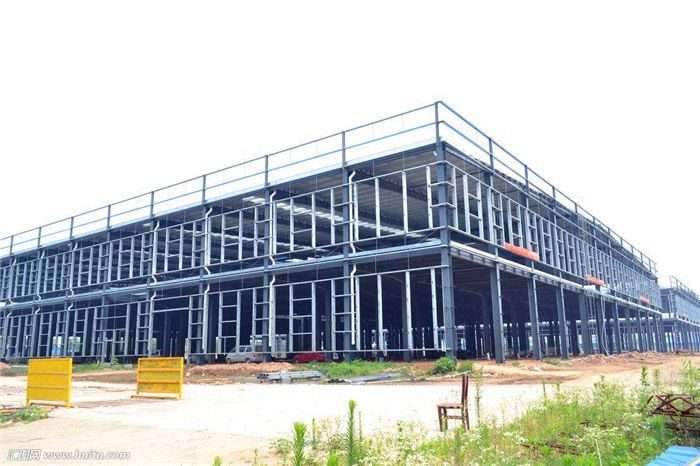
We’ll look at the cost savings, flexibility, adaptability, durability, strength,
and safety associated with prefabricated steel buildings.
We will also explore potential applications for prefabricated steel buildings,
including warehousing, manufacturing, retail and office space.
Prefabricated steel building
Prefabricated steel buildings are structures that are constructed from prefabricated or prefabricated components.
This type of building is manufactured off site, under controlled factory conditions, and then transported and erected on site.
This innovative construction method offers countless advantages for industrial applications.
Prefabricated steel buildings are made of galvanized steel frames combining the main structure, roof and walls.
Then the frames are covered with protective steel sheets, insulation and other roofing materials.
Each building is fully customizable with a variety of interior and exterior finishes,
such as steel siding, brick and stone veneer, and metal panels.
Prefabricated steel buildings offer a number of distinct benefits when used for industrial applications.
They are incredibly affordable and quick to assemble, allowing for a quick turnaround of projects.
In addition, they offer a high degree of rigidity and flexibility and can be easily adapted to any size or shape.
They are also highly energy efficient, as they are designed to trap heat and reduce air leakage.
This type of building is also cost effective, as it rarely requires any repairs or maintenance.
In general, prefabricated steel buildings are an excellent choice for industrial applications.
They are cost effective, require minimal installation time, and are extremely durable.
Furthermore, they provide exceptional protection against the elements,
reducing the risk of corrosion and other weather-related damage.
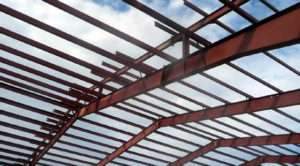
Advantages of prefabricated steel buildings
Prefabricated steel buildings offer a unique combination of cost savings and construction efficiency.
One of the main benefits of using prefabricated steel buildings is their ability to save time and money on industrial projects.
In this section, we will explore how to achieve cost savings with prefabricated steel buildings.
Cost savings
It is one of the main advantages of using prefabricated steel buildings for industrial applications.
Steel buildings are much more cost effective than traditional construction, as steel requires much less labor,
materials, and time to build.
Moreover, there are significant savings in the long run when it comes to energy costs.
As prefabricated steel buildings are well insulated and airtight,
which means they maintain stable temperatures and require less energy for cooling, heating and maintenance.
Finally, steel is incredibly durable, which means that maintenance costs are much lower than those of alternative materials.
For these reasons, investing in a prefabricated steel building can result in significant cost savings compared to traditional construction methods.
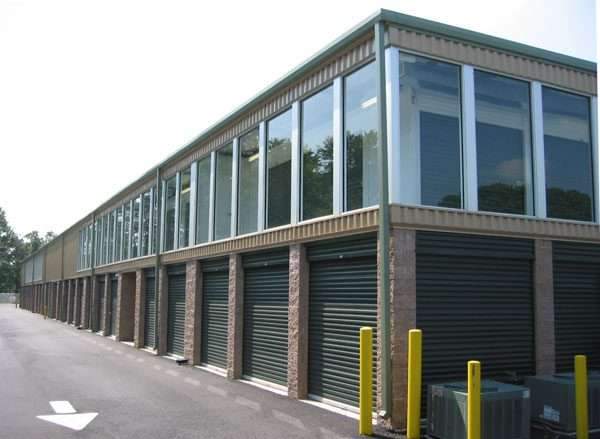
Flexibility and adaptability
Two distinct characteristics of prefabricated steel buildings make them ideal for industrial applications.
Prefabricated steel buildings can easily be reconfigured, expanded or relocated to suit the immediate and changing needs of the business.
This allows manufacturing companies to reduce capital costs by not having to build an entirely new structure for each changeover.
This not only increases functional usage, but also reduces construction and purchasing costs.
In addition, prefabricated steel buildings often consist of components
that can be modified or changed without the need for heavy construction, making them a convenient and affordable option.
Furthermore, prefabricated steel buildings are easy to construct,
which means that the space created can be quickly and efficiently transformed to meet changing needs.
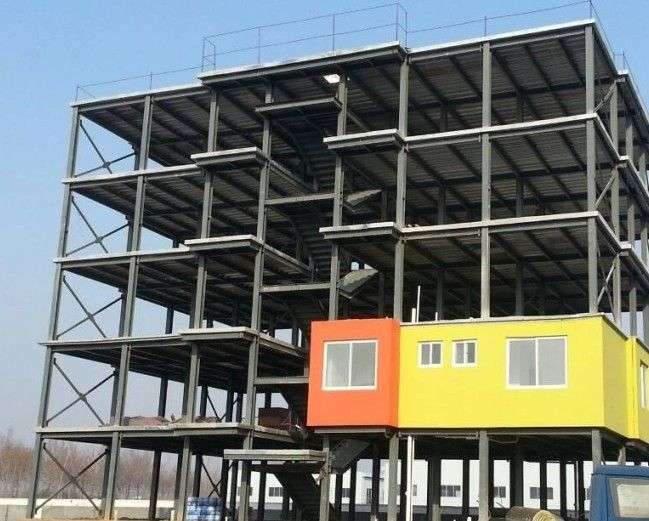
Durability and strength
Two of the main benefits of prefabricated steel buildings.
Steel is the most widely used material in commercial and industrial construction projects due to its strength and ability to withstand harsh environments over a long period of time.
Prefabricated steel buildings are highly resistant to corrosion and fire,
making them an ideal choice for areas with high humidity or fire hazards.
Furthermore, prefabricated steel buildings consist of galvanized steel to provide additional protection against corrosion.
This makes it a great choice for industrial applications due to its increased durability
and strength compared to other materials.

safety
is critical in any industrial application.
Prefabricated steel buildings provide ultimate peace of mind,
as they are designed to withstand environmental events such as earthquakes and hurricanes,
as well as any potential hazardous events that may occur.
The steel frames are manufactured to meet exacting standards and undergo extensive testing to ensure they are built with the highest level of safety.
In addition, these buildings are equipped with fire prevention and safety measures
such as smoke detectors and sprinkler systems, which further protect workers from harm in the event of an emergency.
For more architectural news

